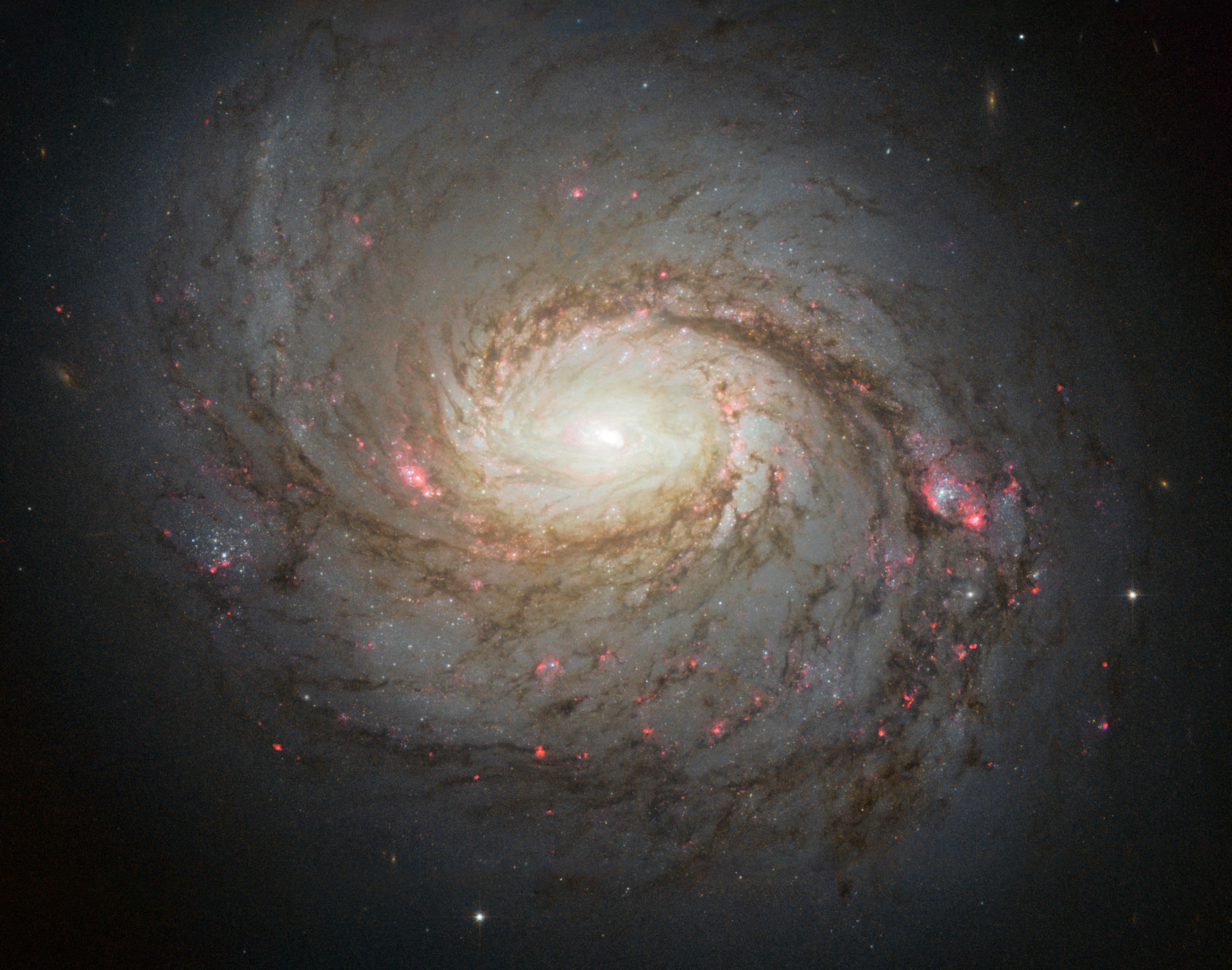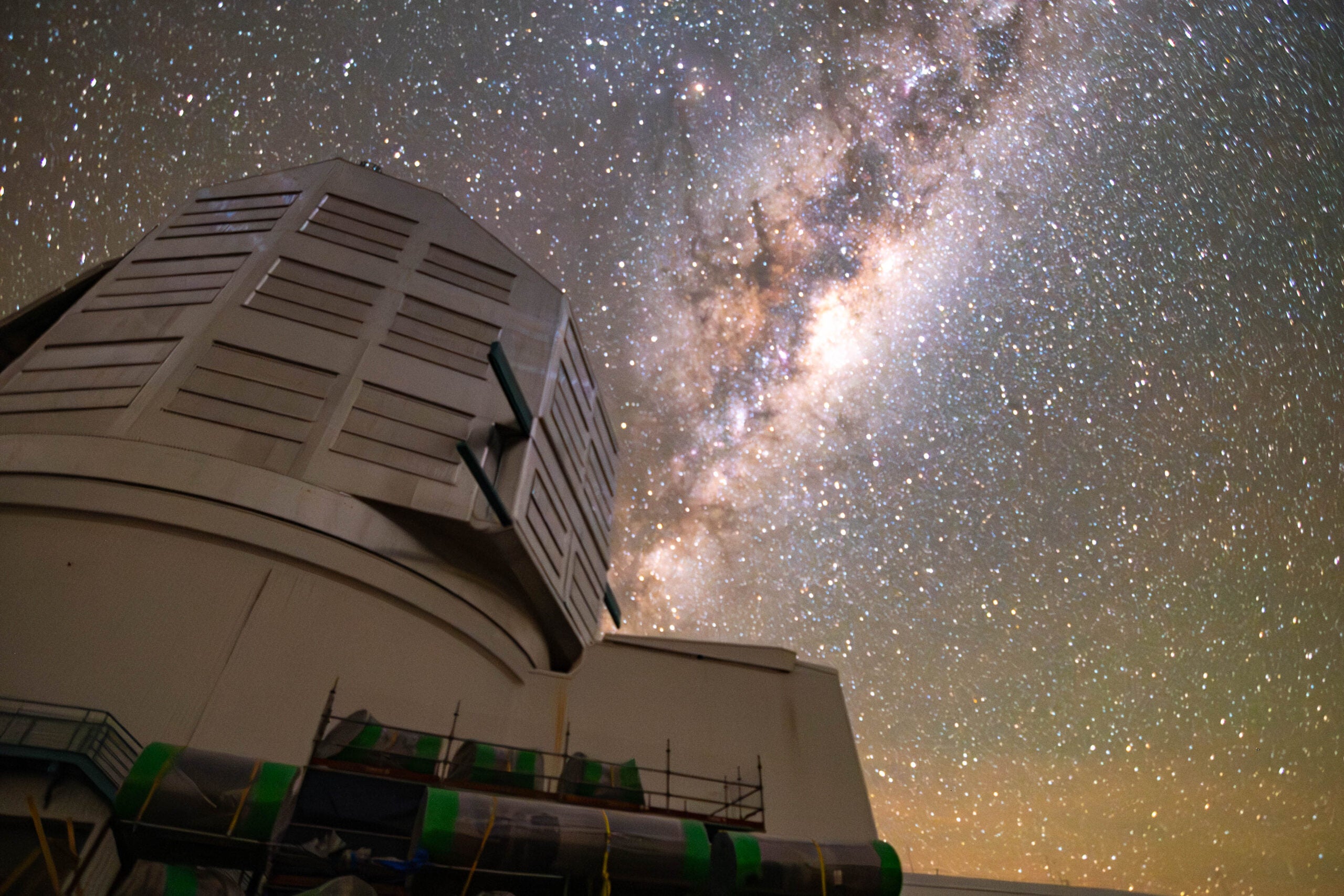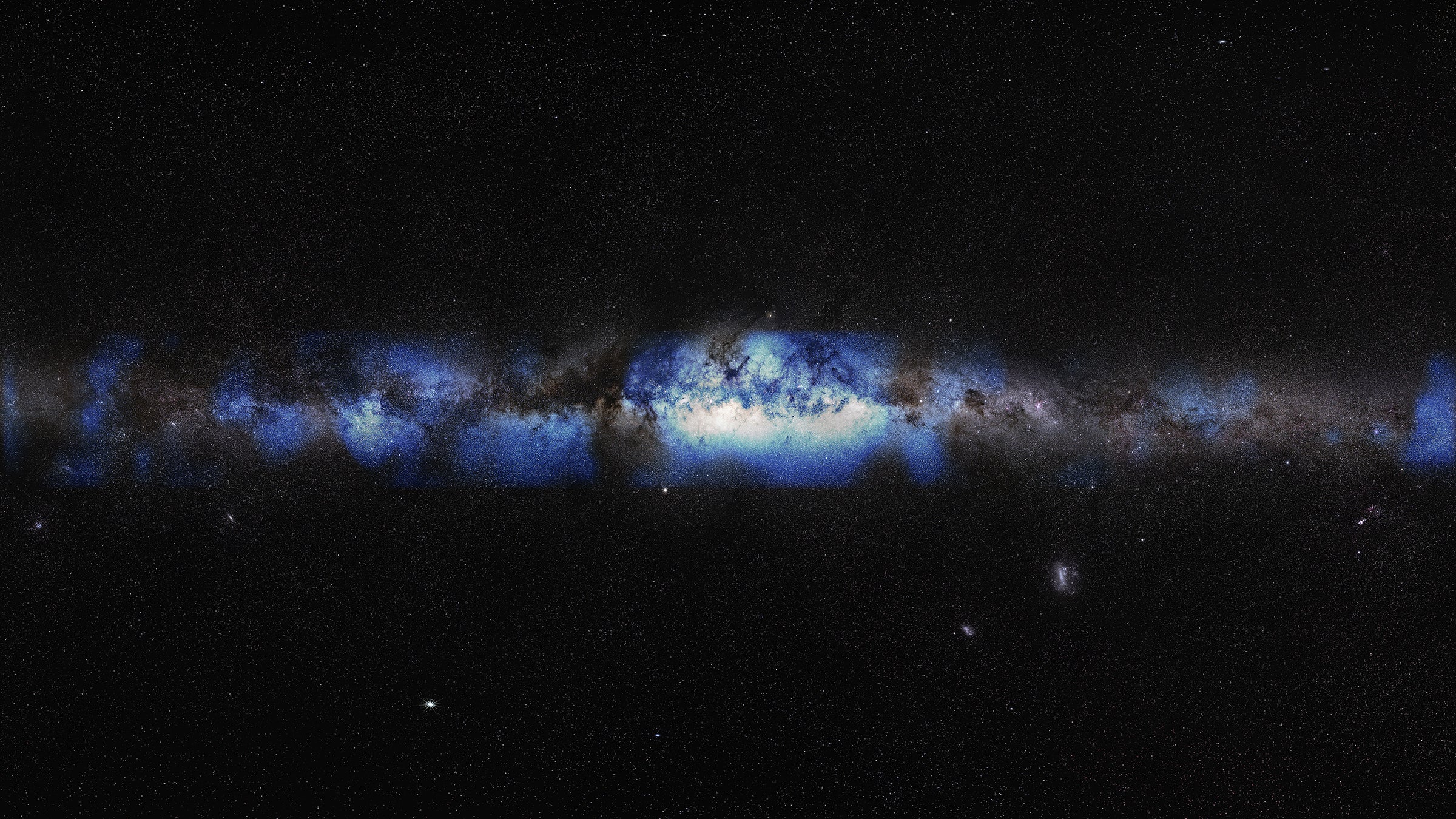For the first time ever, an international team of scientists has traced neutrinos coming from the galaxy NGC 1068 in the constellation Cetus. The “ghost particles” appear to be accelerated toward Earth by a supermassive black hole.
In a scientific breakthrough, the University of Wisconsin-Madison’s 1-billion-ton IceCube Neutrino Observatory, buried around 1 mile under the ice at the South Pole, detected the neutrinos.
Neutrinos are subatomic particles so small they can pass through objects, including humans, without ever touching a single atom. Most neutrinos detected on Earth come from our Sun, but others come from different sources, such as galaxies far, far away.
News with a little more humanity
WPR’s “Wisconsin Today” newsletter keeps you connected to the state you love without feeling overwhelmed. No paywall. No agenda. No corporate filter.

With recent improvements to the massive IceCube Neutrino Observatory detector and new modeling using machine learning, researchers with the international project have traced the origin of 80 neutrinos to an active galaxy known as NGC 1068, located 47 million light-years from earth.
UW-Madison Physics Professor Francis Halzen, the principal investigator for the IceCube observatory, said neutrinos are fundamental particles that make nuclear physics possible. Scientists have known about their existence since 1912, but Halzen said technology hasn’t been able to pinpoint the source of neutrinos coming from interstellar space until recently.
“This is the beginning of solving that problem,” Halzen said.
The IceCube detector is currently the only instrument that can do this science, said Halzen. It has been running nonstop for 10 years under the South Pole, recording tiny flashes of blue light when a neutrino interacts with nuclei within the ice.
“This is one of the oldest problems in astronomy,” Halzen said. “We definitely have the tools now to have a good shot at answering the question of where this radiation originates.”

While Halzen said there are many more questions than answers at this point, it appears the source of the 80 neutrinos discovered by the IceCube detector is a supermassive black hole at the center of the NGC 1068 galaxy. He suspects the black hole is providing the massive power needed to produce neutrinos and send them through space.
“The physics at the level I describe is totally compelling,” Halzen said. “The problem is that the details are missing. But that’s how science works, right? Now, we are going to have to try to figure out how this works in detail.”
Neutrino astronomy is still in its infancy, but Halzen said researchers in other parts of the world have plans for building detectors similar to UW-Madison’s IceCube observatory in the Mediterranean Sea and Lake Baikal in Russia. He said others are in the works in China and Canada.
“We need better detectors, better telescopes, better angular resolution, and we need many of them for this to become real astronomy,” Halzen said.
Wisconsin Public Radio, © Copyright 2026, Board of Regents of the University of Wisconsin System and Wisconsin Educational Communications Board.




